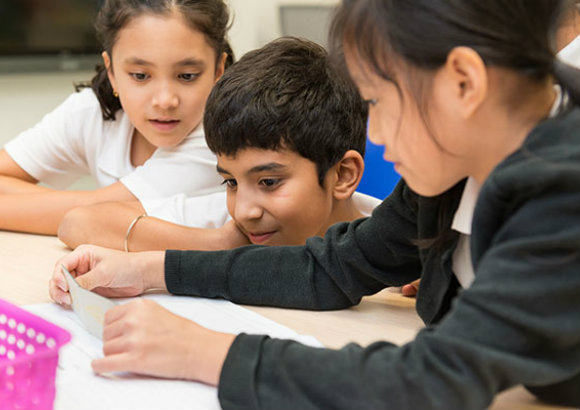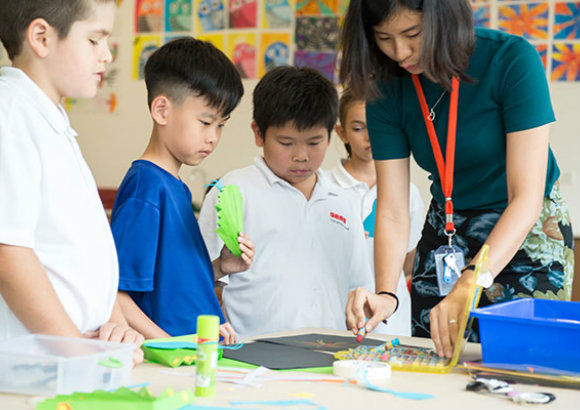What is the Best School for your Child
 Schooladvisor Team
Schooladvisor TeamProspective parents of international schools should take their time in choosing a school. The task is often difficult, given a range of contrasting curricula, well-crafted marketing messages, and a tendency towards corporate inertia in providing bespoke options. This article gives parents some helpful practical steps towards making the right choice for their child.
In advance of visiting a school, parents should study published information, publicly available. Policies on safeguarding symbolize a school’s seriousness in protecting their pupils. A published academic calendar, with details of events and activities, gives a sense of order and action. Accreditation with recognized schools’ organizations, such as the Council of British International Schools and the Council of International Schools, should be matched by evidence of independent inspection, indicative that education standards are being set and being met. Finally, there ought to be data on pupil progress and attainment, mapped against international standards.
Location may determine schools’ options: the younger the child, the greater likelihood parents will want schools within walking distance of home. Nevertheless, check that a school has an organized and secure system of bus transport: bus supervisors on board, background checks on drivers and GPS tracking technology in place. Curriculum choice is important, helping to support your child’s smooth transition, at the point of entry and exit. Avoid curriculum eccentricities and choose a curriculum that is recognized across continents.
In making arrangements to visit, do so on a normal school day, so that you see things as they are. As parents, you need to be reassured that your children will be safe, happy and successful in their new school. Good facilities provide a wonderful stage for extended learning. They also symbolize a school’s commitment to health and safety. Request to see a pupil bathroom and check the standards of cleanliness. Tired facilities, lacking a welcoming appeal, say a lot about capital budgets and school priorities.

Good schools are happy places. Positive partnerships between teachers and pupils prevail, and children have broad contexts to make enduring friendships. These are qualitative aspects that can be picked up in the feel of the place, on a school visit. Check for a balanced programme of events and activities and ask pupils what they think of their school. Good schools solicit student opinion and publish the results.
Good schools enable children to be successful across a broad canvas of learning and achievement. High-quality teaching is the most important factor as is a commitment to High-Performance Learning. Good schools know their pupils well and strive to achieve the highest standards of achievement with them. Check for a commitment to breadth in education, through a broad and balanced curriculum and through recognized international activities like Model United National and the International Award (Duke of Edinburgh).
In summary, take time to do your homework on a shortlist of schools and take time to talk to people: existing pupils and their parents. There are many wonderful international schools with a great record of educating children to the highest of international standards.
Author: Simon O’Grady
Principal, GEMS International School, Metropark
Recent Articles
- What Should You Be Looking for in a Preschool?
- HELP Education Group Unveils New Sports Oval in Subang 2 Campus
- Exploring the Homeschooling Path: What Parents Need to Know Before Taking the Leap
- More Parents Are Now Opting for International Schools in Malaysia
- AISM Students Who Dream Big and Build Bigger


